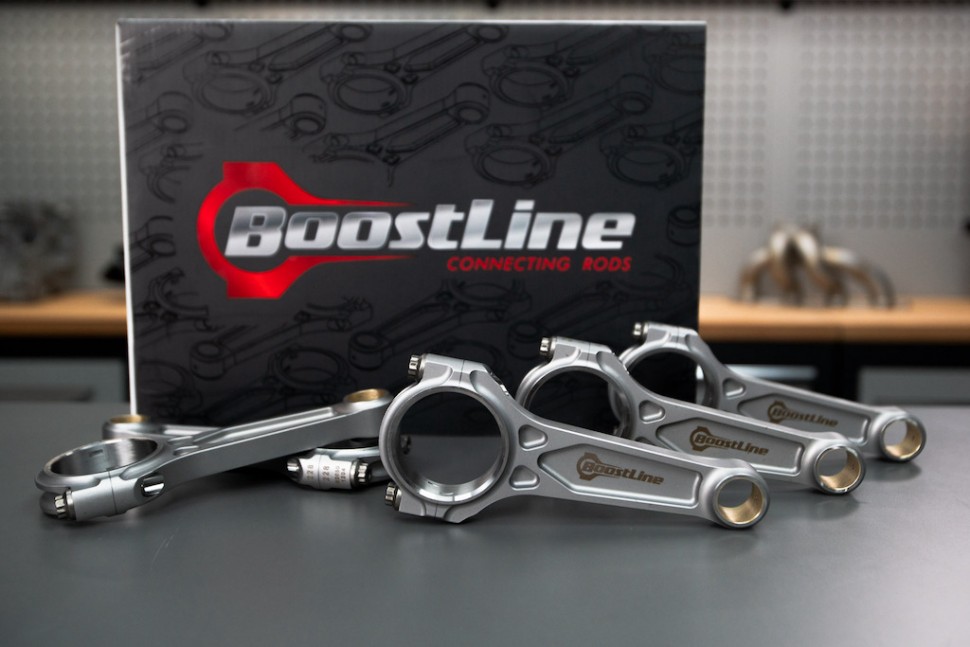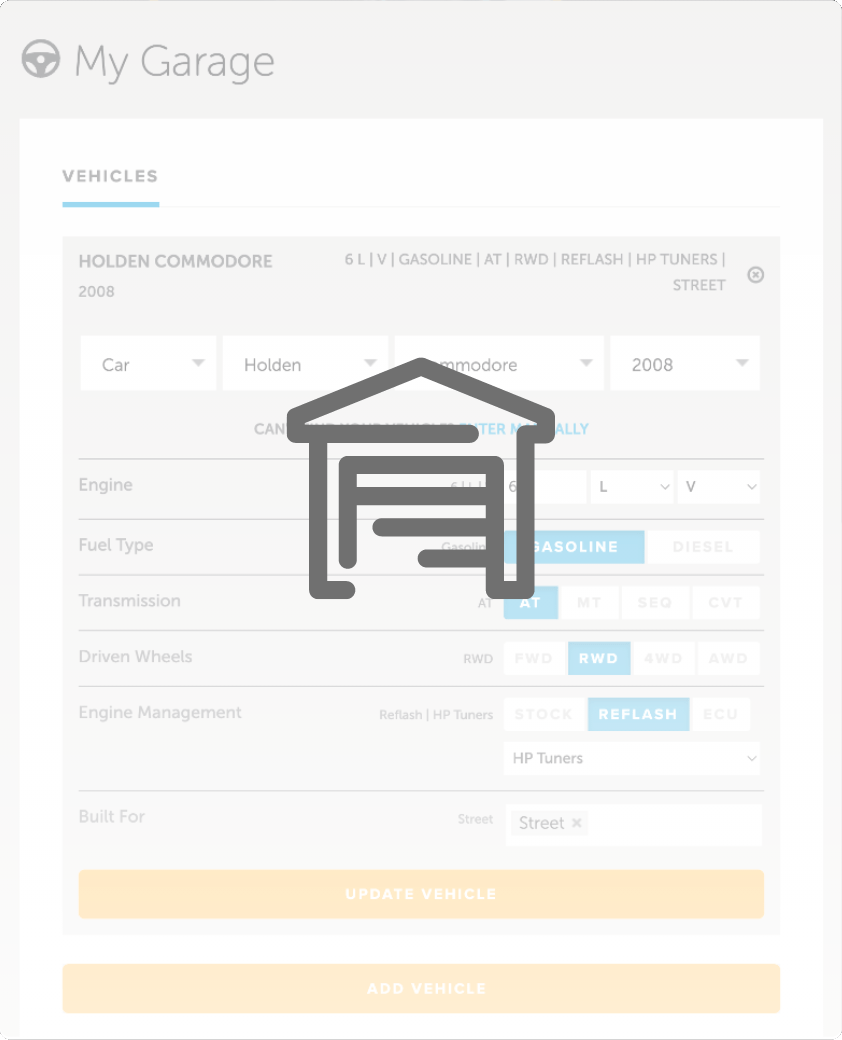How to tune without a dyno?
Summary
What are some of the best ways to analyse for ideal outputs without a dyno? Really the key guide that we are using when we're tuning without a dyno is the knock retard parameter or basically if you're not monitoring a GM engine control module, something that will let you know when the engine is suffering from knock. Now I'm going to take a step back here because what I'm going to be dealing with is engines that run on pump gas predominantly.
| 00:00 | - What are some of the best ways to analyse for ideal outputs without a dyno? Really the key guide that we are using when we're tuning without a dyno is the knock retard parameter or basically if you're not monitoring a GM engine control module, something that will let you know when the engine is suffering from knock. |
| 00:20 | Now I'm going to take a step back here because what I'm going to be dealing with is engines that run on pump gas predominantly. |
| 00:30 | When we're talking about an engine that runs on pump gas, I would say that probably greater than 85% of those engines that I've tuned over the last 20 years will be what I refer to as knock limited. |
| 00:42 | On the other hand, if you're running a forced induction engine, so something supercharged or turbocharged on pump gas, I'd almost guarantee it will be knock limited. |
| 00:50 | And what that term means, it sort of refers back to what I was talking about before, that as we advance the timing and we're getting to the point of MBT or coming up to MBT, we're seeing our torque increase, we'll get to the point where the engine starts to suffer from the onset of knock or detonation and as I mentioned, that's a damaging type of abnormal combustion, we don't want that happening. |
| 01:11 | So when that happens, what we need to do is actually stop advancing the timing and instead we're going to retard the timing a couple of degrees and leave ourselves a bit of a safety buffer between the timing we run and the point where knock occurs. |
| 01:23 | So what I'm getting at with all of this is that if we are running an engine that is knock limited then that knock threshold becomes the limit for how much timing we can use and that's the same, irrespective whether we're on the dyno or the road. |
| 01:37 | So a good way of monitoring for the onset of detonation, whether that's through your scanner or datalogger package, or alternatively using an audio knock detection system, this is the key, one of the critical inputs that we're looking at for monitoring our calibration and seeing how that's coming along. |
| 01:54 | Now of course if you are tuning an engine running on a good quality fuel, maybe E85 or race gas, well that is a different deal and the engine won't be knock limited regardless of how much timing we use. |
| 02:06 | In that instance, we do need to apply a little common sense and it's best to be a little conservative with our ignition timing and understand that we may be leaving a little bit of power and torque on the table. |
| 02:16 | That question was taken from one of our free live lessons. |
| 02:20 | If you like free stuff, and you're the type of guy who wants to expand your knowledge, click the link in the description to claim your free spot to our next live lesson. |
| 02:29 | You'll learn about performance engine building and EFI tuning, and you'll also have the chance to ask your own questions which I’ll be answering live. |
| 02:38 | Remember it's 100% free so follow the link to claim your spot. |





